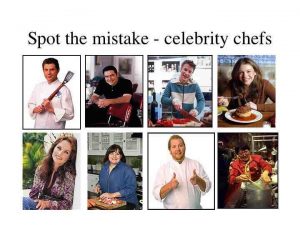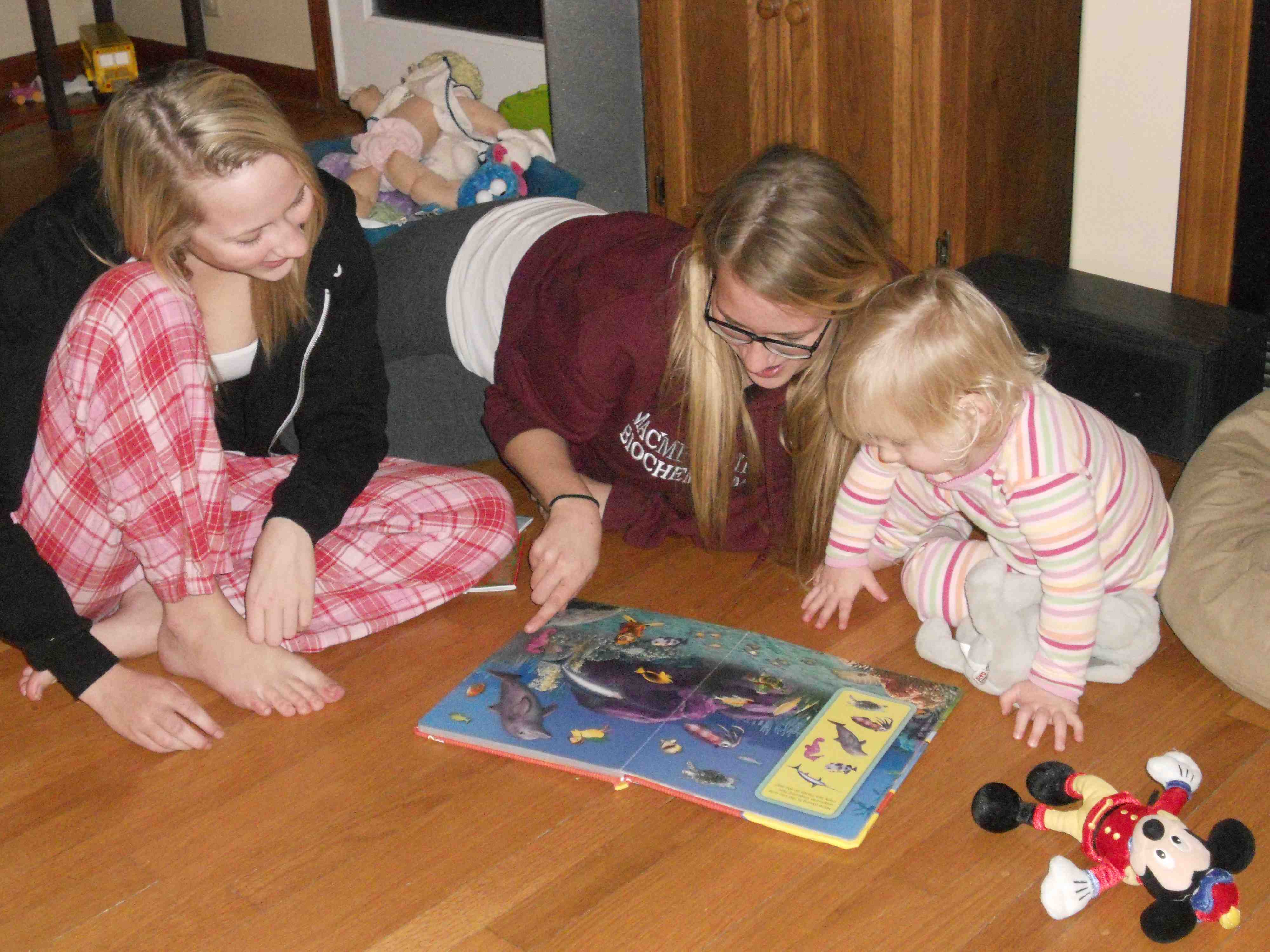Long-time friend of the barfblog.com and fellow WKRP groupie, Michéle Samarya-Timm, MA, HO, MCHES, REHS (right, exactly as shown) of the Somerset County Department of Health — Jersey represent – has once again contributed her Thanksgiving thoughts, which are shared below. Michele is one of the thousands of front-line public health folks who do a great – and largely thankless — job in spite of frequent silliness from political overseers.
 Food. It’s the focal point of any celebratory gathering – birthdays, barbecues, parties, holidays — and often necessitates a fair amount of activity before the culminating moment of actual eating. No doubt about it, planning, purchasing, preparing and serving a family feast takes a copious amount of physical and emotional energy when striving to assure a picture-perfect event for all. In the hierarchy of meaningful meals, Thanksgiving may just be the poster-child of a culinary Everest. It’s a family event that memories are made of…especially when things go wrong.
Food. It’s the focal point of any celebratory gathering – birthdays, barbecues, parties, holidays — and often necessitates a fair amount of activity before the culminating moment of actual eating. No doubt about it, planning, purchasing, preparing and serving a family feast takes a copious amount of physical and emotional energy when striving to assure a picture-perfect event for all. In the hierarchy of meaningful meals, Thanksgiving may just be the poster-child of a culinary Everest. It’s a family event that memories are made of…especially when things go wrong.
Picture this: you are preparing a beautiful 20-pound bird, in hopeful anticipation of a Norman-Rockwell moment, where everyone around the Thanksgiving table will “oooh” and “ahhh” at your culinary prowess – when suddenly, and in slow motion, the turkey falls to the kitchen floor and masterfully executes an Olympic-style slide across the linoleum in a smearing trail of poultry juices. You stand there, a witness to the carnage, in a speechless (or expletive-driven) moment of WTF…followed by the OMG rush of “what do I do now?”
How one addresses such a surreal moment and its potentially disastrous aftermath (your in-laws are in the next room after all), is reasonably predicated on your Martha-Stewart-like creativity or knee-jerk responsiveness. Turkey disasters are such common and comic occurrences that kitchen fiascos have been fodder for Thanksgiving themed sitcoms throughout the past few decades. If you find need for a little humor these days, turn to classic TV, to digest the Thanksgiving food-handling practices in such shows as Mad About You, Everybody Loves Raymond, and Friends.
However, in the real world, how does one handle a turkey-hit-the-floor occurrence?
If the turkey is raw, wash off any crumbs, pet hair, or visible dirt that the moist skin has picked up Continue with fully cooking the turkey, and verify safe cooking using a probe food thermometer. As oft quoted by food safety expert Larry Pong, even poop cooked to 165 degrees F is safe to eat! Follow up by judiciously washing and sanitizing the sink and any surrounding areas that might be contaminated by wash spray.
If cooked turkey hits the floor – well, that’s another story. The widely cited 5-second rule is an old-wives tale. The USDA’s Consumer Advisor “Ask Karen” recommends consumers discard food that falls to the floor or comes in contact with unclean surfaces, and goes on to note that food can be contaminated as soon as it touches the floor or dirty surfaces. There is no scientific evidence that proves food is safe from bacteria, viruses and parasites if it stays on the floor for less than five seconds. This has been corroborated by Don Schaffner and the food safety researchers at Rutgers who found the ‘five-second rule’ is a significant oversimplification of what actually happens when bacteria transfers from a surface to food, as bacteria can contaminate instantaneously. Rutgers identified that the amount of moisture present, the type of surface, and how long the food is actually on the floor all contribute to cross-contamination and the potential for foodborne illness.
 Decisions, decisions. You could cut away the contaminated section. You could return the bird to the oven for recooking, an additional germ-killing step, assuring the surfaces contaminated are heated to greater than the safety-threshold of 165 degrees F. (You can’t over-cook a turkey – that’s what gravy is for!) You could discard the contaminated food. Or you could just focus on eating the sides. Regardless, come clean by advising your guests – food contamination, and food safety should not be kept a secret.
Decisions, decisions. You could cut away the contaminated section. You could return the bird to the oven for recooking, an additional germ-killing step, assuring the surfaces contaminated are heated to greater than the safety-threshold of 165 degrees F. (You can’t over-cook a turkey – that’s what gravy is for!) You could discard the contaminated food. Or you could just focus on eating the sides. Regardless, come clean by advising your guests – food contamination, and food safety should not be kept a secret.
At the crux of it all, in your home, you are the one in charge of deciding if you want to eat or serve dirty food. Many folks, not understanding the risks, will. Consider however, those who are very young, very old, or immunocompromised as they are all at higher risk of getting sick. Do you really wish to chance it? No one intends to cause Thanksgiving Day food disasters, so be careful in the kitchen, and follow the core steps of Clean, Separate, Cook, and Chill. A little fore-thought and care can avoid the worst.
Perhaps the ultimate of all turkey disasters was brought to us in Turkeys Away, a classic episode of WKRP, a 1970’s era sitcom about Cincinnati-based radio station, with an eccentric cast of workers. The well-meaning, but clueless Station Manager arranges his own Thanksgiving Day promotion, to a disastrously comedic conclusion for everyone — especially the turkeys. It’s worth a view, its worth the laugh, and may just help foster food-safe Thanksgiving memories for years to come.
As God is my witness, I will cook my turkey to 165F!
Michéle Samarya-Timm is a public health educator with Somerset County (NJ) Department of Health. She is a champion for handwashing, food safety and getting agencies to communicate food safety in a language everyone can understand.
samaryatimm@gmail.com











 the food sits on the floor does not change the risk.”
the food sits on the floor does not change the risk.”